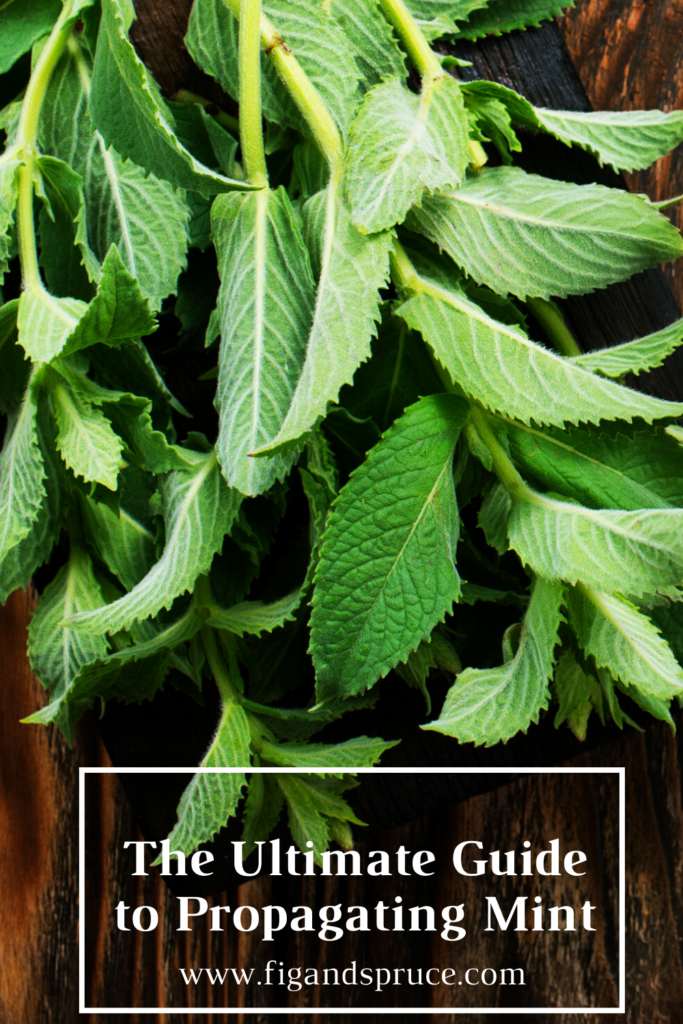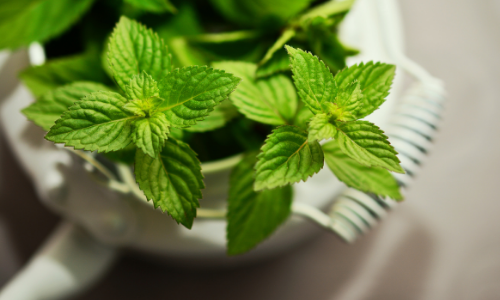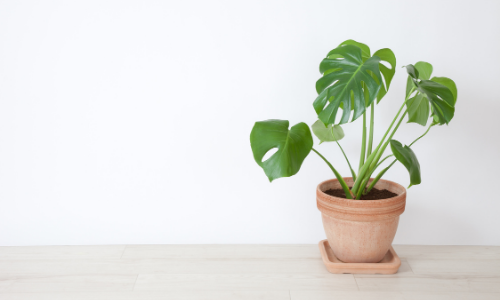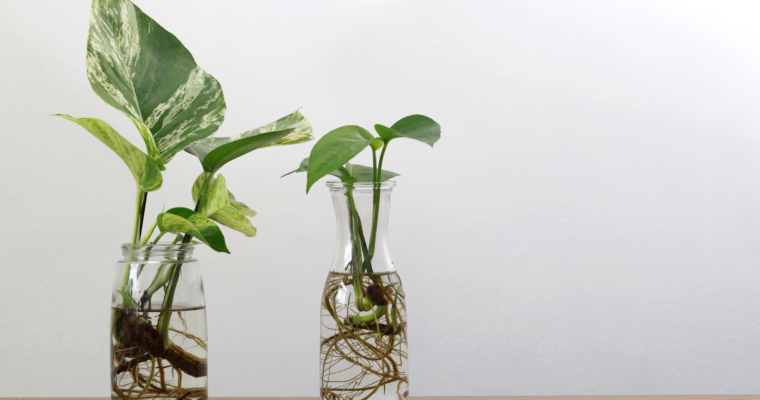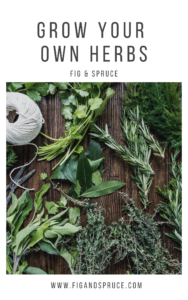Mint water is a superb supply of fat-soluble vitamins. Analysis has shown that fat-soluble vitamins might lower the chance of conditions like cataracts, diarrhea, measles, and carcinoma.
If you’re trying to find a healthy various to soda or syrupy drinks, mint water is a great answer. Mint water may be a straightforward and refreshing potable that provides vital health advantages. It contains no sugar, no caffeine, and really few calories.
Mint is an awesome herb that can be used in various ways in dressings, desserts, marinades, etc. it had a very soothing aroma, and its flavor complements a variety of food. It is effortless to grow mint, but maybe you’re interested in propagating it instead!
Propagating mint from some cuttings can be a way to grow new plants either for yourself or for a friend. One of our favorite gifts for a friend is a propagated plant! They make excellent housewarming gifts, birthday gifts, and more.
How to begin Propagating Mint
Mint can be propagated in two ways. From seed and by cutting the branches. The method of using the branches is more common and widely used.
- For the startup, one can use the grocery-bought mint that is stored.
- Select the healthy-looking stems.
- Cut the node of each stem. A node is a point where the leaves are growing. From the point that you cut, the roots will be increasing because this provides secretion of root hormones. It is good to do it about 3 inches away from the top of the stem. If the stem is too long, you risk the top of the stem falling off of the cutting. It is best to aim for a 3 to 4 inch length to avoid this.
- Remove the extra leaves. The top 3 to 4 leaves are enough to sustain the stem for some time.
- Dip the end of each stem in a rooting hormone. This step is optional, but it will increase your chance of success.
- Place them in water.
- Place them at a spot where it does not get direct sun.
- The roots start appearing within 7 to 10 days.
- As the roots emerge from the cuttings, now they can be planted in pots or gardens.
- Instead of burying the branches deep, plant them horizontally because they spread horizontally.
- Plant multiple branches to get denser mint.
- As mint begins to grow, their little shrubs in nature that grow as big as possible. They do not stay nice in compact nature. As mint gets long and lanky and sometimes it loses its flavor or aroma. Maintenance is essential. For maintenance, cut all the dead branches.
Alternatively, Grow Mint from Seeds!
- Growing mint from seeds is an easy way. Gather the seeds, compost, and trays.
- Fill the seed trays or an oversized pot with compost.
- Planting seed at a depth of roughly 0.5 centimetres is a great idea.
- Fill the holes.
- Mist till the soil is dampish; however, not soggy.
- Try to keep the tray in sunny areas.
- Mist once the soil looks dry. The seedlings can erupt between 10 to 15 days.
- Take care of them till they need two sets of leaves.
- Plant them in a large container.
- Allow them to grow to seedlings inside under controlled conditions, and move them outside or to their final destination.
As mint begins to grow, their little shrubs in nature that grow as big as possible. They do not stay nice in compact nature. As mint gets long and lanky and sometimes it loses its flavor or aroma. Maintenance is essential. For maintenance, cut all the dead branches.
PRECAUTIONS TO BE FOLLOWED TO PROPAGATE MINT
Mint can be easily grown, and it proliferates.
- Mint will thrive best when grown in the area not getting direct sunlight. The best place is one with partial shade. Mint prefers moist and rich soil that has a slightly acidic pH ranging between 6.0 to 7.0. It is simple to take care of the mint plant. It will flourish in slow-release fertilizers.
- Maintenance of mint herb is essential. When the branches get too long, trim the excess parts accordingly. Pinch the tips of the plant to preserve the taste of leaves. For areas that are free from frost, spring is the most preferred season.
Common Issues While Propagating Mint
- There are few issues while growing mint sometimes; aside from aggressive spreading on the part of the plant itself, pests will sometimes affect mint plants—a number of the foremost common embrace aphids, spider mites, cutworms, and mint root borers. Mint may be liable to diseases like mint rust, fungus wilt, and anthracnose.
- Mint spreads quickly and effectively. It is tenacious. Unsuspecting gardeners plant it with the best of intentions without knowing how far it can spread. Because of this, the overwhelming majority of gardeners would say there are several reasons to plant mint in a pot rather than in the garden.
- Sometimes mint is a trouble because it has a complex root system. The roots of mint hold on tight and take hold easily. The mint herbs come back drastically from small pieces of their roots even after cutting. The spread of the mint plant is so effective, and it has no boundaries. If one decides to grow the herb in some specific location, mint will never settle in one place. It grows everywhere, popping up in between the roots of other plants that are pretty unattractive. Growing mint plants in some containers can solve this problem.
- The most common problem with this plant is that it spread so well that it gets challenging to get rid of it. So, the easiest solution is to grow it within a boundary so it does not affect other plants and could be easily removed whenever needed.
There are varieties of mint available. You got to choose what you need. It is a hardy little plant capable of tolerating various weather conditions, and it can grow anywhere.
One needs to worry significantly less about the growth of mint. The spread of mint is inevitable. It is very easy to pull up the growth.
Mint is a beneficial herb, and it has several uses, including medicinal and culinary. It is nutritious, having a high content of vitamin A and fiber. It is also used to complement dishes and is a fantastic addition to drinks. It is also well known for soothing indigestion, relaxing muscles. When one feels stuffy and cannot breathe, mint serves as a mild decongestant.
